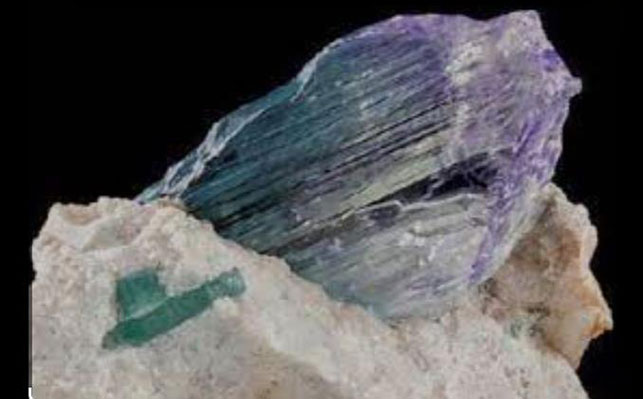
15311826613
Click to add WeChatExtracting lithium from spodumene is one of the main methods to obtain lithium resources. Due to the complex nature of spodumene ore and different mineralization conditions, its beneficiation methods are also different. Among them, the salt method of extracting lithium is more common. The main reason is that the structure of lithium mica is loose after high-temperature calcination, and ion exchange reaction occurs. According to different processing methods, it can be divided into sulfate roasting method, chloride roasting method, sulfide roasting method, etc.

Yes The cations in the sulfate are exchanged with lithium ions, the lithium ions are replaced, and a lithium sulfate solution is obtained by leaching. The sulfate method has low impurity content, high leaching rate, good comprehensive metal recovery effect, and simple process. It has been widely used in the industrial production of lithium extraction from lepidolite. However, the sulfate method also needs to be completed after high-temperature roasting. During the high-temperature roasting process, fluorine and sulfide-containing waste gas will volatilize, causing serious environmental pollution. Minerals tend to stick together during the roasting process, reducing the roasting efficiency and lithium. Products are susceptible to potassium contamination.
The lithium and other valuable metals in lepidolite are converted into soluble chlorides, and the lithium-containing solution is obtained after leaching. Realize the extraction of lithium and alkali metals. The chloride roasting method can effectively shorten the time, produce a small amount of silicon-aluminum slag, and is easy to use. However, chloride gasification will cause pollution to the environment. The use of chlorine gas has higher operational risks and requires higher anti-corrosion requirements for equipment, resulting in production Increased costs.
Use sulfides (such as Na2S and FeS) to be effectively roasted or ground and then leached with water to extract lithium. The iron sulfide reagent used in this process is cheap, has low baking temperature, is environmentally friendly, has low impurity content, and has a relatively high leaching rate. However, the grinding time in the experiment is long, and sulfur-containing compounds may volatilize into the atmosphere and cause air pollution.
The above three are all lithium extraction processes by salt method. In actual production, the recovery of lithium needs to consider many factors. For the production of mineral processing plants, it is very important to understand the composition and properties of minerals. On this basis, the method used as a process is relatively scientific and reasonable, and can effectively reduce investment losses.